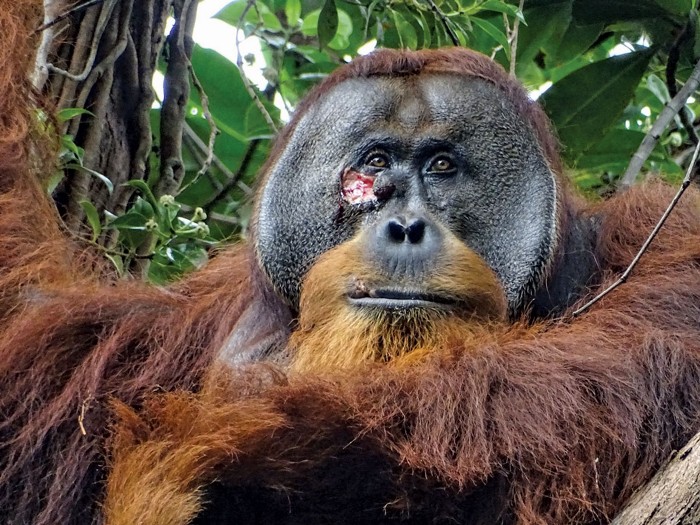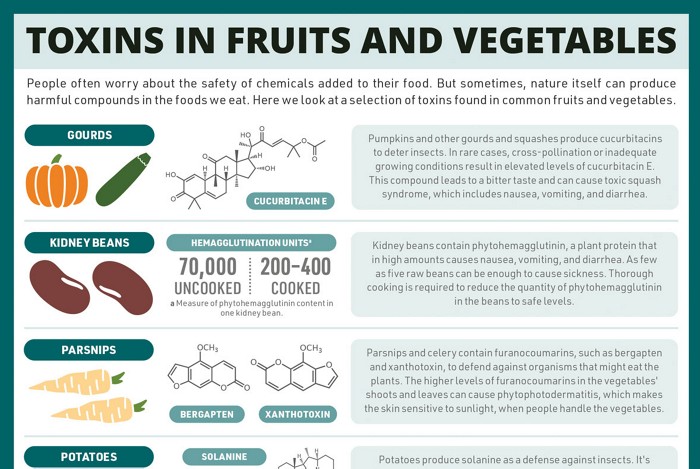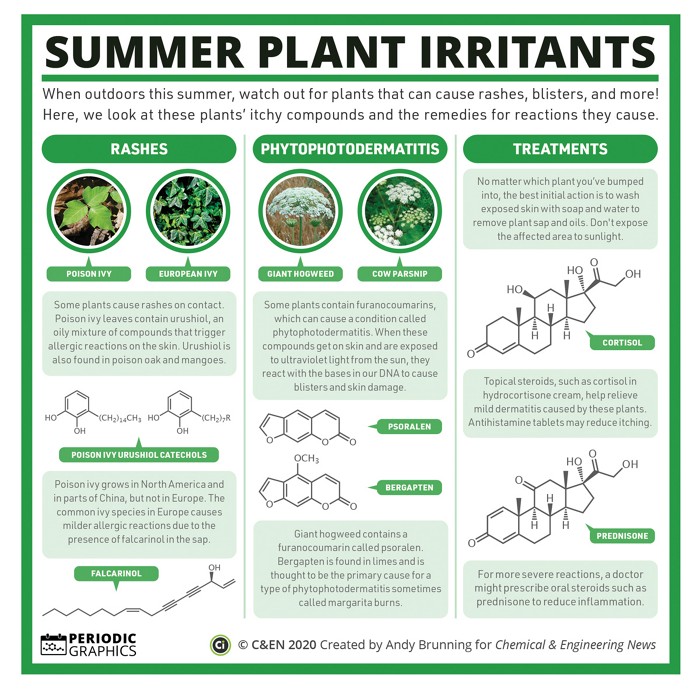Advertisement
Grab your lab coat. Let's get started
Welcome!
Welcome!
Create an account below to get 6 C&EN articles per month, receive newsletters and more - all free.
It seems this is your first time logging in online. Please enter the following information to continue.
As an ACS member you automatically get access to this site. All we need is few more details to create your reading experience.
Not you? Sign in with a different account.
Not you? Sign in with a different account.
ERROR 1
ERROR 1
ERROR 2
ERROR 2
ERROR 2
ERROR 2
ERROR 2
Password and Confirm password must match.
If you have an ACS member number, please enter it here so we can link this account to your membership. (optional)
ERROR 2
ACS values your privacy. By submitting your information, you are gaining access to C&EN and subscribing to our weekly newsletter. We use the information you provide to make your reading experience better, and we will never sell your data to third party members.
Natural Products
C&EN En Español
Infografias Periodicas: Toxinas en frutas y verduras
El profesor de química y bloguero de Compound Interest Andy Brunning señala algunos de los compuestos tóxicos en las frutas y verduras que comemos
by Andy Brunning, special to C&EN
November 30, 2020
| A version of this story appeared in
Volume 98, Issue 46
Para descargar el pdf de este artículo: cenm.ag/toxinas.
Referencias usadas para crear esta infografía:
Kaushik Ujjwal, Vidhu Aeri, and Showkat R. Mir. “Cucurbitacins—an Insight into Medicinal Leads from Nature.” Pharmacogn Rev. (2015). DOI: 10.4103/0973-7847.156314.
Lombaert, Gary A., Karin H. Siemens, Peter Pellaers, Mohan Mankotia, and Winnie Ng. “Furanocoumarins in Celery and Parsnips: Method and Multiyear Canadian Survey.” J. AOAC Int. (July 2001). DOI: 10.1093/JAOAC/84.4.1135.
Wang, Zhe, Pei Ma, Lijia Xu, Chunnian He, Yong Peng, and Peigen Xiao. “Evaluation of the Content Variation of Anthraquinone Glycosides in Rhubarb by UPLC-PDA.” Chem. Cent. J. (2013). DOI: 10.1186/1752-153X-7-170.
World Health Organization. “Natural Toxins in Food.” May 9, 2018.
Una colaboración entre C&EN y Andy Brunning, autor del blog de los famosos gráficos de Compound Interest (compoundchem.com)
Para ver todas otro articulos de C&EN en español, visita cenm.ag/espanol.
La versión original (en inglés) del artículo está disponible aquí.





Join the conversation
Contact the reporter
Submit a Letter to the Editor for publication
Engage with us on Twitter